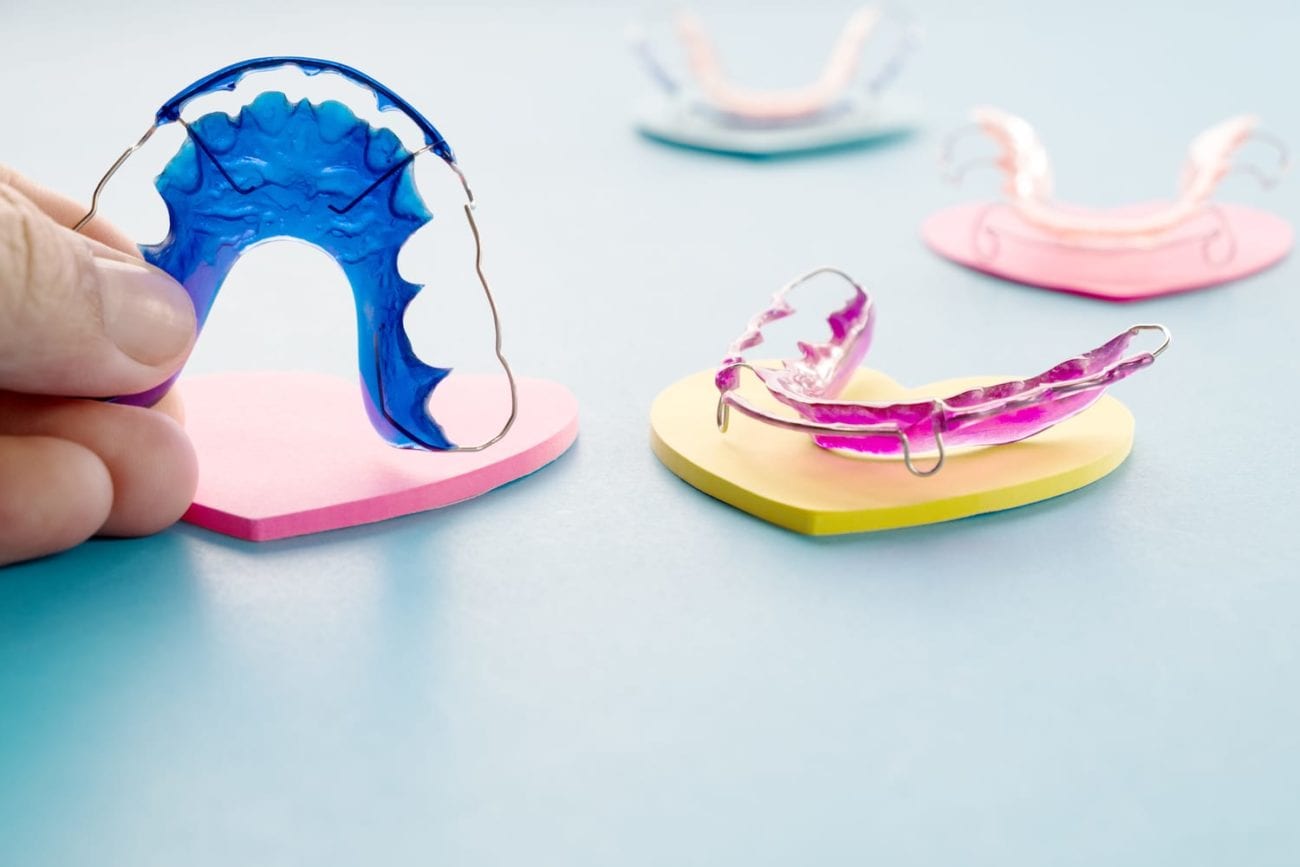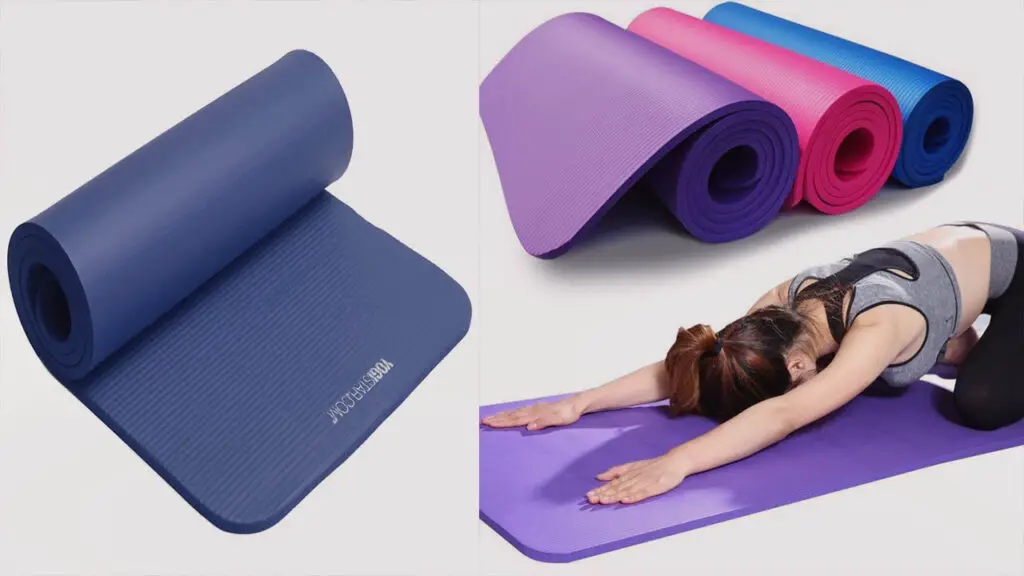Keeping your smile aligned and healthy is crucial, and your retainer plays a key role in maintaining the results achieved by braces or aligners. However, it can be concerning when your retainer doesn’t fit anymore. This scenario may arise due to various reasons like changes in your teeth alignment or simply wear and tear over time. The good news is that there are actionable solutions to address this issue without compromising your progress. In this blog post, we will explore six effective strategies that you can implement when faced with a misfitting retainer. Let’s delve into what to do if your retainer doesn’t fit anymore and ensure your smile stays on the right track.
Reasons why a retainer may no longer fit properly
There are several reasons why a retainer may no longer fit properly. It is crucial to understand these factors to address the issue effectively.
Possible causes of a misfit retainer:
1. Tooth Movement: Over time, your teeth may shift, causing the retainer to no longer fit correctly.
2. Weight Fluctuations: Changes in weight can impact the shape of your jaw and mouth, leading to retainer misalignment.
3. Irregular Wear: Failure to wear the retainer consistently can result in its poor fit.
4. Damages: Wear and tear or damage to the retainer can affect its fit and effectiveness.
How to address the issue:
To resolve the issue of an ill-fitting retainer, you may need to consider the following steps:
- Visit your orthodontist for an evaluation.
- Discuss any changes in your dental structure or habits.
- Get a new retainer if necessary to ensure proper alignment.

Importance of addressing an ill-fitting retainer
When your retainer doesn’t fit anymore, it’s crucial to address the issue promptly to maintain your orthodontic treatment’s effectiveness. Ignoring an ill-fitting retainer can lead to dental misalignment, discomfort, or even teeth shifting back towards their original position, undoing all the progress achieved with braces or aligners.
Consequences of not addressing the issue
Not taking action when your retainer no longer fits properly can result in teeth misalignment and compromised dental health. Over time, this may require additional orthodontic treatment to correct, extending the time and cost involved.
Steps to take if your retainer doesn’t fit anymore
- Schedule a consultation: Contact your orthodontist to evaluate the fit of your retainer and determine the necessary adjustments or replacements.
- Do not force it: Avoid wearing a poorly fitting retainer as it can cause discomfort and potential harm to your teeth and gums.
- Consider a new retainer: If your current retainer is beyond adjustment, your orthodontist may recommend a new one to ensure the continued stability of your teeth alignment.
Schedule a visit to your orthodontist
If your retainer no longer fits properly, it’s essential to schedule a visit to your orthodontist promptly to address the issue and prevent any potential teeth misalignment. By seeking professional help, you can ensure the effectiveness of your orthodontic treatment and maintain the results you’ve achieved.
Importance of Regular Check-ups
Regular visits to your orthodontist are crucial to monitor the progress of your treatment and make any necessary adjustments. Missing appointments can lead to ill-fitting retainers that may compromise the outcome of your orthodontic work.
Professional Evaluation
During your visit, the orthodontist will examine your teeth and retainer to determine the cause of the fit issue. They may recommend remaking the retainer or provide alternative solutions to ensure proper alignment.
- Orthodontic assessment
- Retainer adjustment
- Treatment plan modification
Possible adjustments that can be made to the retainer
When your retainer doesn’t fit anymore, there are several adjustments that can be made to ensure it fits comfortably and effectively. One common solution is to visit an orthodontist to evaluate the fit and make necessary modifications. Additionally, you can try wearing your retainer consistently to see if it adjusts over time.
Regular Cleaning and Maintenance
It is essential to clean your retainer regularly to prevent any build-up that may affect the fit. Use a soft bristle brush and mild soap to gently clean the retainer.
Gradual Adjustment with Guidance
Another approach is to gradually adjust your retainer under the guidance of your orthodontist. This may involve slight modifications to ensure a proper fit without causing discomfort.
Options for replacement retainers
If your retainer doesn’t fit anymore, it’s important to consider your options for replacement. Here are some solutions based on real-time data:
Consult Your Orthodontist
Schedule an appointment with your orthodontist to assess the fit of your current retainer and discuss potential replacement options. They can provide expert guidance on the best course of action.
Order Online
There are online orthodontic companies that offer replacement retainers. **You can order custom-fit retainers from these platforms conveniently. Be sure to provide accurate impressions for the best results**.
DIY Options
If you’re in a pinch, some drugstores offer DIY retainer kits. **However, it’s essential to consult with your orthodontist before trying these options to ensure they are safe and effective**.

Tips for maintaining the fit of your retainer
It can be frustrating when your retainer no longer fits as it should. Follow these tips to help maintain the fit of your retainer:
1. Clean your retainer regularly
It’s essential to clean your retainer daily to prevent buildup of bacteria that can cause it to distort. Use a soft-bristled toothbrush and mild soap to gently clean it.
Remember to thoroughly rinse your retainer after cleaning to ensure no soap residue remains.
2. Handle with care
When taking your retainer in and out of your mouth, do so gently and slowly to avoid bending or warping it. Avoid exposing it to high temperatures that could alter its shape.
3. Store it properly
When not in use, store your retainer in its protective case to prevent damage or loss. Avoid leaving it out in the open where it can collect dust or debris.
4. Attend regular follow-up appointments
Visit your orthodontist as recommended for follow-up appointments to ensure your retainer still fits correctly. Any necessary adjustments can be made to maintain its effectiveness.
Frequently Asked Questions
- Why does my retainer not fit anymore?
- There are several reasons why your retainer may not fit anymore, including changes in your teeth alignment, weight gain or loss, or not wearing the retainer as recommended.
- What should I do if my retainer doesn’t fit?
- If your retainer doesn’t fit anymore, it is recommended to consult with your orthodontist or dentist to evaluate the situation and determine the best course of action.
- Can I try to adjust my retainer at home?
- It is not advised to adjust your retainer at home as it may lead to further complications. Always seek professional help from your orthodontist or dentist.
- Are there any home remedies to fix a retainer that doesn’t fit?
- There are no proven home remedies to fix a retainer that doesn’t fit. It’s best to seek professional guidance to address the issue properly.
- Do I need a new retainer if the current one doesn’t fit anymore?
- Depending on the severity of the fit issue, your orthodontist may recommend a new retainer or adjustments to the current one to ensure proper alignment.
- How often should I replace my retainer if it doesn’t fit anymore?
- If your retainer doesn’t fit anymore, your orthodontist will advise you on the best course of action, which may include replacing the retainer based on your individual case.
Final Thoughts: What to Do If Your Retainer Doesn’t Fit Anymore
Having a retainer that doesn’t fit anymore can be frustrating, but there are several solutions you can try. First, assess the fit and determine the cause of the issue. From there, you can attempt to adjust the retainer at home or seek professional help if needed. Remember to stay consistent with wearing your retainer as prescribed by your orthodontist to maintain your teeth alignment.
If adjustments or home remedies don’t work, don’t hesitate to contact your orthodontist for further guidance. They may recommend a new retainer or suggest alternative solutions. Remember, addressing the fit of your retainer promptly is crucial to maintaining the results of your orthodontic treatment.




